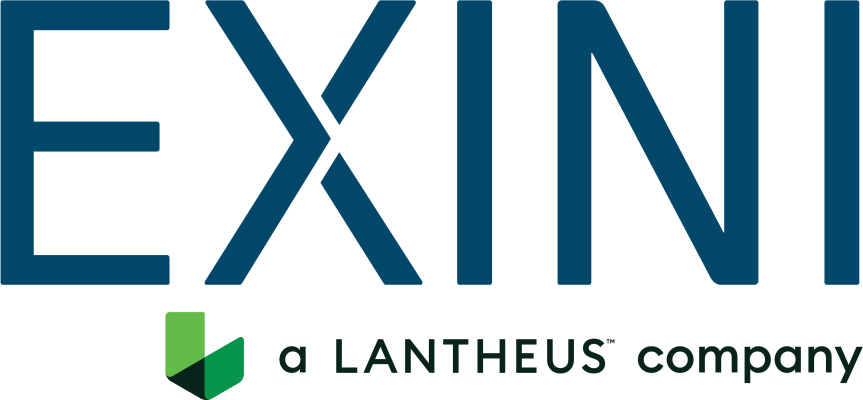Performance and Safety
PYLARIFY AI®Read about performance and safety for PYLARIFY AI®
An independent and prospectively planned clinical evaluation of PYLARIFY AI®
demonstrated:
- A high efficiency in producing quantitative (volumetric disease burden)
structured report for PSMA PET/CT – median reading time 1.4
minutes interquartile range 2.1 minutes. - A higher reproducibility of quantitative measurements compared to
manual state of the art – ICC2 of three independent readers was
observed at 98% when using PYLARIFY AI®, against 90% for manual
reads. - A better detection of lesions compared to manual state of the art – the
pooled sensitivity of three independent readers was observed at 85%
when using PYLARIFY AI®, against 84% for manual reads.
Warnings
The user must ensure that the patient’s name, patient ID and study date displayed in the patient
section correspond to the patient case you intend to review.
The user must ensure the review of the image quality and quantification analysis results before
signing the report.
The user must review the images and quantification results in the report to ensure that the information
saved and exported is correct.
The user shall not rely solely on the information provided by PYLARIFY AI® for diagnostic or treatment
decisions. The quantification analysis results provided by PYLARIFY AI® are intended to be used as
complementary information together with other patient information and investigations used in the
clinical decision-making process.
References
- Anand A et al. Analytic Validation of the Automated Bone Scan Index as an Imaging Biomarker to Standardize Quantitative Changes in Bone Scans of Patients with Metastatic Prostate Cancer. J Nucl Med. 2016 Jan;57(1):41-
- Armstrong AJ et al. Phase 3 Assessment of the Automated Bone Scan Index as a Prognostic Imaging Biomarker of Overall Survival in Men With Metastatic Castration-Resistant Prostate Cancer: A Secondary Analysis of a Randomized Clinical Trial. JAMA Oncol. 2018 Jul 1;4(7):944-951
